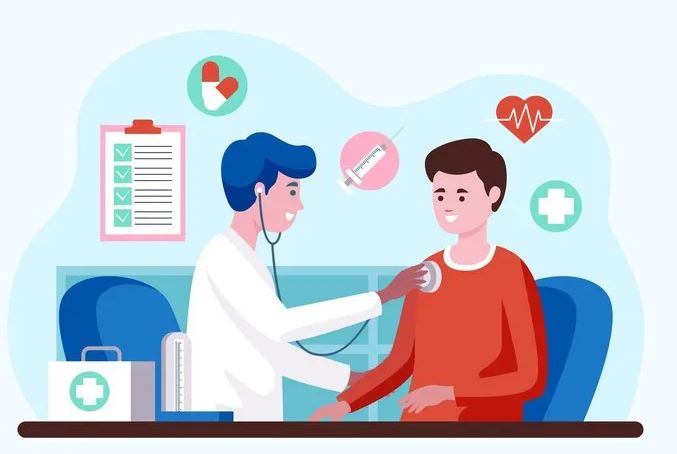Left chest pain is not always a sign of heart disease. Although the position of the vital organ is in the left chest, pain in that area can also be caused by other health problems.
Some of them are angina (a symptom of coronary heart disease), myocarditis (inflammation of the heart), cardiomyopathy (inflammation of the heart muscle) and panic attacks.
If left chest pain is caused by a heart attack, this condition requires immediate medical attention. However, if the cause is another disorder, this does not require emergency help.
Well, to determine the right treatment, you must first know what triggers left chest pain. Check out more information in the following article!
Left Chest Pain Trigger Disorders
Left chest pain can be caused by several health disorders, such as:
- Heart attack
A heart attack is a disorder when the heart muscle does not get enough oxygen-rich blood supply. As a result, the heart’s function in circulating blood throughout the body will be disrupted.
Not only marked by left chest pain. Heart attacks also trigger nausea, vomiting, stomach ache, coughing or wheezing, shortness of breath, dizziness, cold sweats and decreased consciousness (fainting).
A heart attack can cause death if not treated immediately. In some sufferers, angina symptoms can be experienced before a heart attack occurs.
- Angina (angina pectoris)
Angina is not a disease, but a symptom of coronary heart disease. This condition occurs because the heart muscle does not get enough oxygen from the blood. The pain that appears is usually like being crushed or pressed.
The pain in the left chest can spread to other parts of the body, including the neck, arms, shoulders, back, jaw, and teeth. In women, sometimes the pain feels like being stabbed by a sharp object.
Other symptoms of angina that accompany it include cold sweats, nausea, dizziness, weakness and shortness of breath. Symptoms appear during activity and subside on their own after resting.
- Myocarditis
Myocarditis is an inflammation that occurs in the heart muscle due to a viral or bacterial infection. Other causes are exposure to hazardous chemicals or using drugs without a doctor’s prescription.
This disease affects the heart’s electrical system and causes permanent damage to the heart muscle. In some cases, a person can have a heart attack or death.
In addition to left chest pain, symptoms are characterized by shortness of breath during activity or rest, changes in heart rate to become irregular, swelling in the legs, and weakness.
- Cardiomyopathy
Cardiomyopathy is a disease of the heart muscle characterized by a weakening of the heart’s ability to pump blood. Other symptoms are characterized by left chest pain, shortness of breath, dizziness or fainting.
Mild symptoms can be overcome by changing your lifestyle to be healthier. This can include reducing salt intake, maintaining ideal body weight and avoiding alcohol consumption.
- Panic attacks
Symptoms of panic attacks come suddenly and tend to peak within 10 minutes. Because of chest pain, chest tightness, and other symptoms, panic attacks can increase the risk of heart attack.
Symptoms to watch out for include shortness of breath, increased heart rate, sweating or chills, nausea, feelings of unreality, as if in a state of urgency, and intense fear.
When to Seek Help?
It is advisable to immediately check yourself if left chest pain is an indication of a heart attack. The characteristics can be seen from:
- The pain does not get worse. Chest pain associated with a heart attack does not get worse when breathing.
- The location varies. Chest pain associated with a heart attack can spread between the shoulder blades and to the arms and jaw.
You are advised to consult a doctor if you experience symptoms of left chest pain that are an indication of a heart attack. The right treatment steps can reduce the risk of death from the disease.



